Let’s face it, somethings in life are what they are. Giraffe’s have long necks and elephants have big ears, big feet and trunks. Just as pickup trucks were designed for a different purpose than speed boats. So, why do we think that radio can somehow defy the natural order and become something that it was never designed to be?
Work on Your Strengths, Not Your Weaknesses
One of the lessons I learned in classes at Clear Channel University* was how people often focus on their weaknesses and try to improve them. However, studies have shown that when we focus on our strengths, we grow faster than when we try to improve our weaknesses. Added benefits to focusing on our strengths are that we become happier, less stressed and more confident.
The cure for constantly falling short of your goals is to work on improving where you’re already strong, rather than on areas where you are weak.
Why Doesn’t Radio Focus on Its Strengths?
Entercom changed its name to Audacy, saying:
“We have transformed into a fundamentally different and dramatically enhanced organization and so it is time to embrace a new name and brand identity which better reflects who we have become and our vision for the future. Audacy captures our dynamic creativity, outstanding content and innovative spirit as we aspire to build the country’s best audio content and entertainment platform.”
-David Field, CEO
Audacy is the fourth largest radio company in America (based on the number of radio stations owned) and just like the top three radio operators ahead of them, none use the word “radio” in their name.
It was in 2010, that National Public Radio announced that it would be using “NPR” as its brand name, even though its legal name remains the same. NPR celebrated its 50th birthday in 2020, the same year that American commercial radio turned 100.
What is it about the name “radio” that has radio station owners and operators distancing themselves from this word?
Finding Your Strengths
If you want to grow your strengths, first you need to identify them. This week, Pierre Bouvard, Chief Insights Officer at Cumulus Media/Westwood One, did a pretty good job of that in his blog. While Pierre was trying to correct some misperceptions about broadcast radio, he also gave us a good place to start with identifying some of its strengths. Here are five Pierre cites:
- Radio reaches 88% of persons 18 years of age and older each week in America.
- Radio reaches the 60% of Americans who are back in their cars commuting to work every day. (The Radio Advertising Bureau says radio’s reach in the car is 83% in 2021, making it the dominate form of media on-the-road.)
- Radio’s audience shares are twenty-one times larger than ad-supported Pandora and ten times that of ad-supported Spotify, according to Edison Research.
- Radio delivers an impressive Return On Investment (ROI). Pierre says “for example, for every $1 invested in an auto aftermarket AM/FM radio campaign, there is a $21 sales return.”

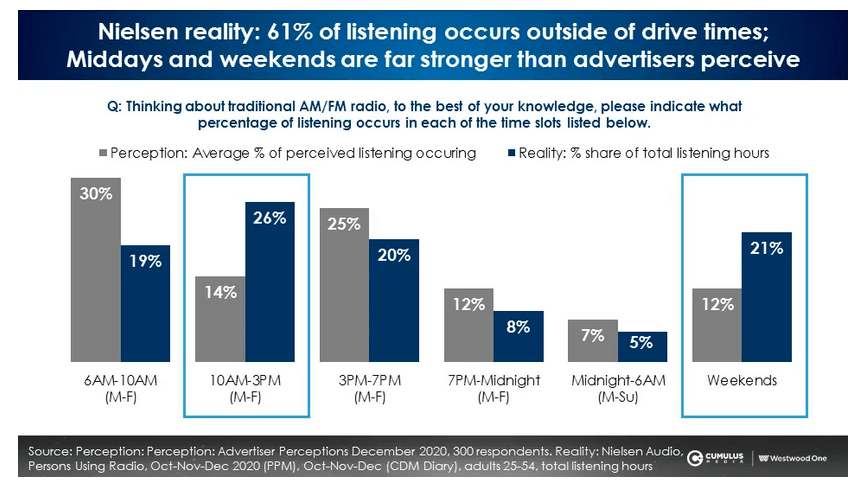
Radio’s Analog Audience
Lee Abrams posted a short YouTube video back in August 2020 that you might have missed explaining his “PSYCHOGRAPHIC CHART.” If you’re in radio, you should watch it now.

View the full twelve-minute presentation HERE What I’d like to focus on is the two quadrants that Lee has labeled as “Analog Generation/Culturally Sophisticated & Culturally Unsophisticated.” These people are radio listeners. They were born with and are comfortable with analog media.
Lee makes clear that you can’t satisfy more than one quadrant. Pick one and super serve those people to the point of making what you do appalling to people in the other three quadrants.
The bottom line is that you can’t be all things to all people, but you can be everything to some people. This is really Marketing 101.
But the Future is Digital
Yes, the future of media is digital and it can’t be ignored. But you can’t make radio into something it’s not and never will be. It’s a powerful one-to-many media entity; leverage that.
The Australian Radio Network’s Neuro Lab is doing some interesting research into how a listener’s brain responds to audio, whether it’s coming from the radio, a podcast or streamed.
What should make all radio owner/operators sit-up and take notice is the fact that “radio showed the strongest ability to engage listeners and for extended periods of time, racking up 60% more neural engagement than any other audio format.” Podcasts showed higher levels of memory encoding and streaming was noted for promoting positive attitudes towards brands. You can read the full report HERE
All Audio is Not Created Equal (in the Brain)
Dr. Shannon Bosshard, the neuroscience specialist who conducted this groundbreaking research said, “This is the first time that anyone has demonstrated, from the perspective of the brain, that radio, podcasting and music streaming are processed differently and should be treated differently, in the same manner that audio and audio-visual mediums have been.”
Radio Financed TV
It was the incredible revenue streams produced by broadcast radio that were used to build out the medium of commercial television. TV also stole radio’s stars and programs, leaving the radio industry to reinvent itself and compete with television for advertising.
Today, radio is once again finding itself the “money mule” charged with funding the buildout of digital initiatives, having to sacrifice the very thing that makes radio unique in the process; its personalities. And then, just like with TV, radio has to compete with digital for advertising.
Fred Jacobs in his TechSurvey 2021 revealed how important the Radio Personality is to today’s radio listener.
But this shouldn’t come as a surprise. For generations, the radio personality has been the primary attraction drawing audiences to one radio station over another. At his peak, Dan Ingram on WABC in New York was said to be more popular to the station’s listeners than The Beatles.
Great Radio
In the end, great radio isn’t any one element, it’s all of them – personalities, jingles, promotions, station imaging, community involvement and companionship – that makes a radio station part of a listener’s family. People have favorite movies, but not a favorite movie theater; they have favorite television programs, but not a favorite television station; however, people DO HAVE favorite radio stations.



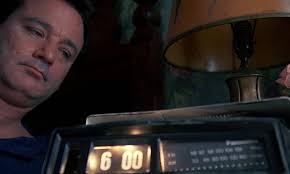


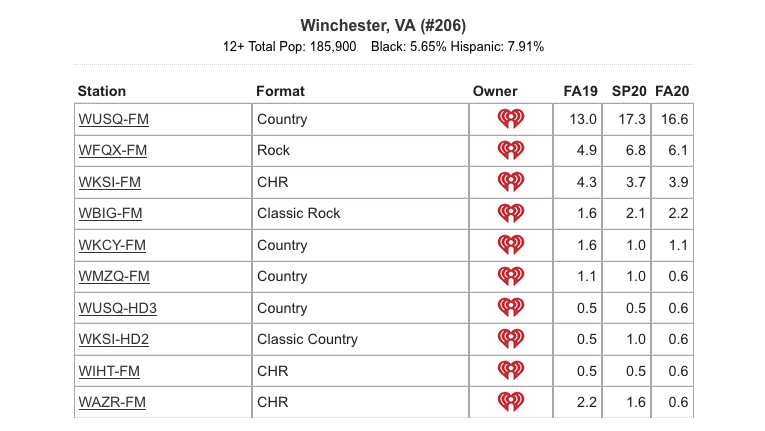



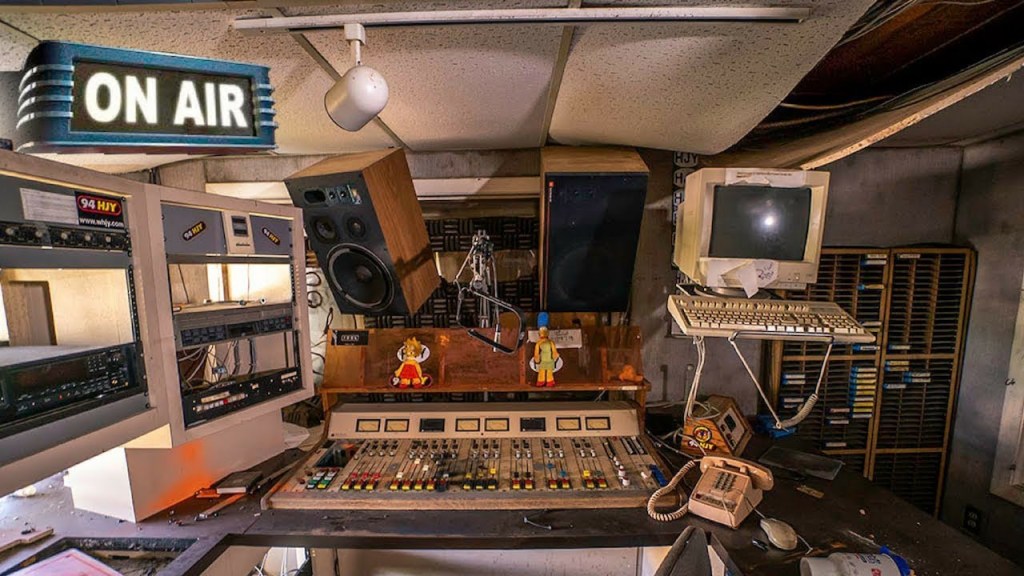
 NuVoodoo does some really wonderful research about radio listening. They particularly focus on reaching people who are most likely to keep a radio listening diary or wear a Nielsen Portable People Meter, aka PPM.
NuVoodoo does some really wonderful research about radio listening. They particularly focus on reaching people who are most likely to keep a radio listening diary or wear a Nielsen Portable People Meter, aka PPM.

 Rich Tunkel of Nielsen Audio delivered this message at the 71st Annual NJBA Conference and Gala in Atlantic City, New Jersey along with this slide (see below).
Rich Tunkel of Nielsen Audio delivered this message at the 71st Annual NJBA Conference and Gala in Atlantic City, New Jersey along with this slide (see below).

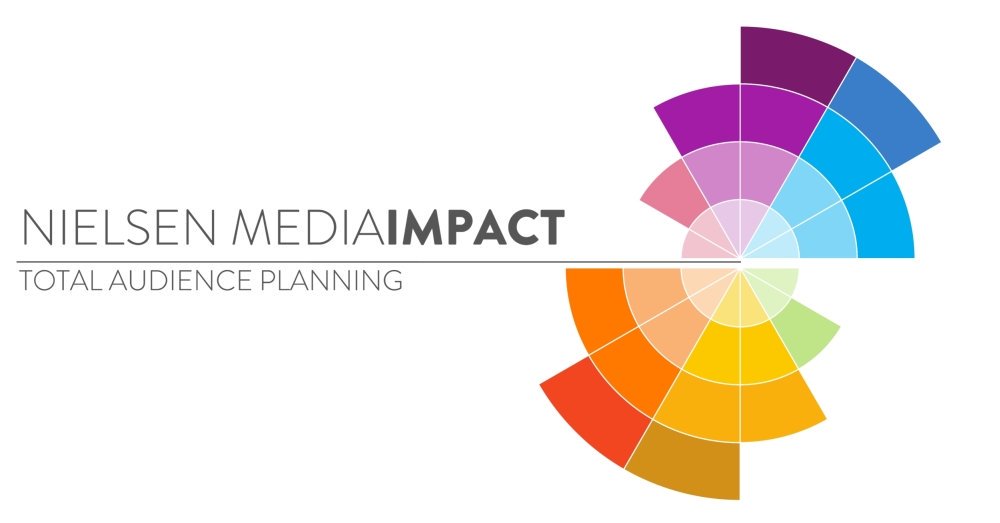 across TV, digital, and print media into one easy to use planning interface. It’s a product that should have everyone in radio sales salivating to get their hands on.
across TV, digital, and print media into one easy to use planning interface. It’s a product that should have everyone in radio sales salivating to get their hands on. I read with interest what the new Radio Board Chair of the National Association of Broadcasters, Randy Gravley, had to say in a
I read with interest what the new Radio Board Chair of the National Association of Broadcasters, Randy Gravley, had to say in a  Everything old is new again. I’m sure you’ve heard the phrase. “Everything old is new again” was the title of a song in the movie musical “All That Jazz.” Part of the lyrics to this Peter Allen/Carole Bayer Sager song include:
Everything old is new again. I’m sure you’ve heard the phrase. “Everything old is new again” was the title of a song in the movie musical “All That Jazz.” Part of the lyrics to this Peter Allen/Carole Bayer Sager song include: Radio has been here many times in it’s almost 100-year history before.
Radio has been here many times in it’s almost 100-year history before. The one constant in life is change.
The one constant in life is change.